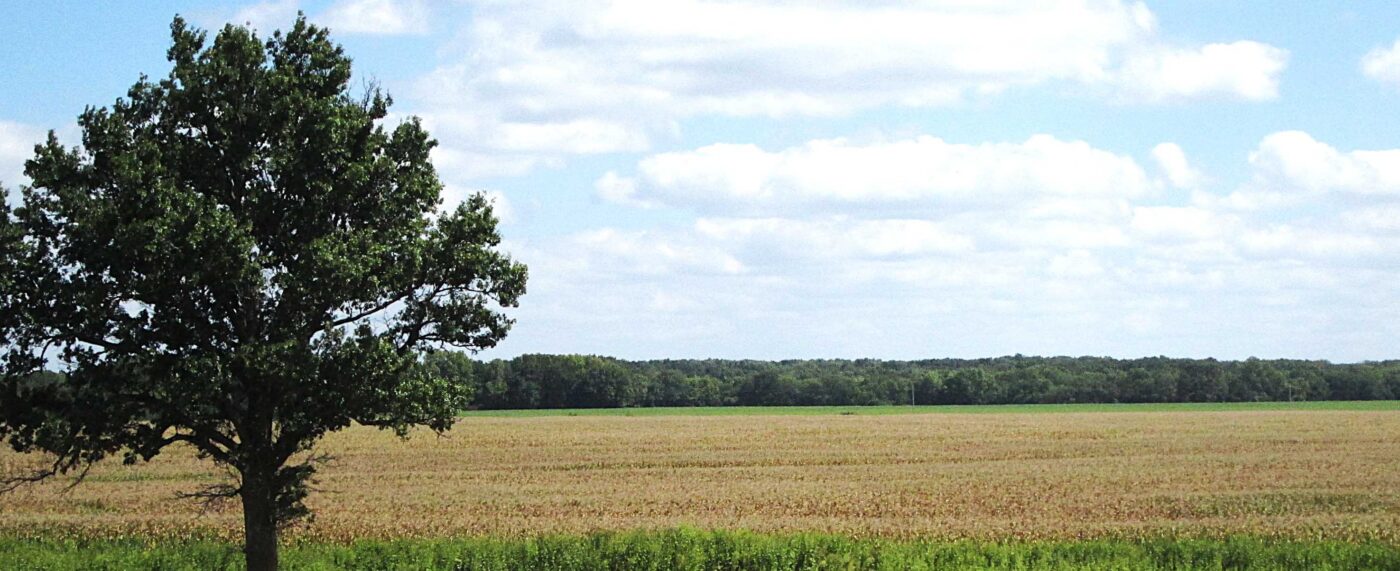
Recent science has helped to quantify aspects of a low-impact diet, including impacts of plant-based, organic, food waste, transportation, and naturally raised meats. Remarkably, a low-impact diet improves health and is more ethical!
My Experience
I cannot thrive on a diet that lacks flavor, so I have learned to cook and bake delicious meals. To optimize my health and manage multiple allergies, I regularly experiment with and adjust my diet. Over time, I have refined my eating habits to align with both my health needs and ethical values. I hope this section helps you better understand the environmental and health impacts of different dietary choices.
Your Choices
We explore the latest scientific research and assess the greenhouse gas emissions associated with adopting a more plant-based, organic, and/or local diet. We also examine the effects of grass-fed beef and food waste. Additionally, we offer tasty, practical tips to help you make your diet greener and healthier.
To calculate your current dietary impact, use the spreadsheet under the tab: Calculate Your Footprint. This Excel spreadsheet enables you to easily estimate your greenhouse gases, water use, and land use related to diet and help you to adopt a delicious, low-impact diet.
| Action Choices (with Links) | Climate Change Impact | Other Environmental and Personal Impacts |
| Eat Plant-Based | 5 tons/year (70% of diet) | Environmental Benefit; water use, water eutrophication, land use Health benefits: Reduced chance of heart disease, cancers, diabetes, high blood pressure, lung, liver and kidney diseases, Parkinson’s disease, etc. |
| Choose Organic Foods | Fruits, vegetables: <=2/3 ton (20-25% of diet) | Environmental Benefit: Minimized water eutrophication, Maximized wildlife & pollinator survival Health Benefits: Reduced allergies/asthma, chance of cancer |
| Reduce food discards | <=1 ton (30% of diet) | Benefits: Reduced cost and cooking Reduced food production reduces environmental impact of that particular food |
| Eat Local Foods | <=1/3 ton (10% of diet) | Benefit: Reduced transportation Support for local business and farmers |
| Grass-fed vs. Grain-fed beef Aquaculture Greenhouses | Not quantified, but scientific research is discussed | Research evaluates environmental impact of traditional versus alternative methods of farming. |
References
HLPE. (2014) Food losses and waste in the context of sustainable food systems. A report by the high level panel of experts on food security
and nutrition of the committee on World Food Security [Internet]. Rome: High Level Panel of Experts on Food Security. Available
from: http://www.fao.org/cfs/cfs-hlpe.
Lincke, S. & Wolf, J. (2023). Dietary modeling of greenhouse gases using OECD meat consumption/retail availability estimates. International Journal of Food Engineering, 19(1-2), 37-48. https://doi.org/10.1515/ijfe-2021-0352
Poore, J., & Nemecek, T. (2018). Reducing food’s environmental impacts through producers and consumers. Science, 360(6392), 987-992.
Ritchie, H., Rosado, P., Roser, M. (2022) Environmental Impacts of Food Production. Published online at OurWorldinData.org. Retrieved from: https://ourworldindata.org/environmental-impacts-of-food.
USDA (2025) Agricultural Baseline Database – Visualization: U.S. Agricultural Baseline Projections. U.S. DEPARTMENT OF AGRICULTURE (USDA) Economic Research Service From: https://www.ers.usda.gov/data-products/agricultural-baseline-database/visualization-us-agricultural-baseline-projections.
